
Аннотация
My father is a dentist. When I was in my early childhood, he used to repeat the same sentence over and over again, which as far as I can remember and translate properly now was something like:
“Son, get the right tool for the job.”
And as he was looking at me trying to wash the car with the wrong washing product and spending twice the amount of time that I should have, I knew somewhere deep inside of me that he was right.
He did not use a screwdriver to pull out teeth from his patients, and he had what seemed like twenty different brushes to clean each type of tooth.
I even thought it was funny at the time.
Fast-forward thirty years later; I was talking about this book with him and he added:
“Well, son, you know, it’s not only about the right tool, it’s about the right tool at the right time.”
And so, this is the philosophy guiding this book.
OpenCV, the computer vision library, has always been one of the tools to work on imaging- and vision-related projects, even more so with every improvement in AI and neural networks. But OpenCV was always taking some time to get the right libraries, and the right build tools, and the right build settings, and so forth.
The vision of the Clojure wrapper Origami is to bring you all the power of OpenCV to your hands almost instantly, along with a pleasurable syntax.
This way we hope you can focus and spend your time entirely on the job, not on the tool.
Chapter 1 will introduce you to pure OpenCV on the JVM using Java, Scala, and Kotlin and present some of their shortcomings.
Chapter 2 will present Origami, the Clojure wrapper, and how to use it to perform simple image manipulation.
Chapter 3 will get you up to speed with more advanced concepts of image manipulation, like shape finding, but still in a pleasant syntax.
Finally, Chapter 4 moves to video analysis, with shape finding, transformations, and various techniques to analyze real-time streams with ease.
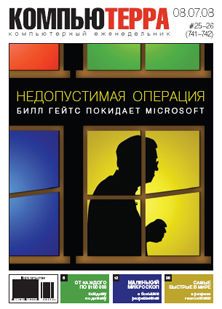
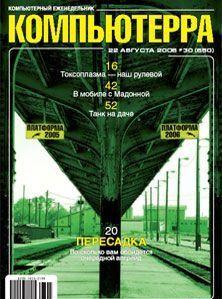
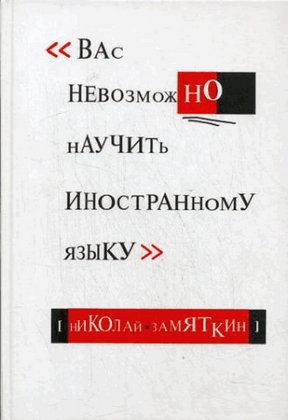
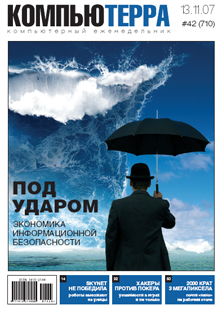
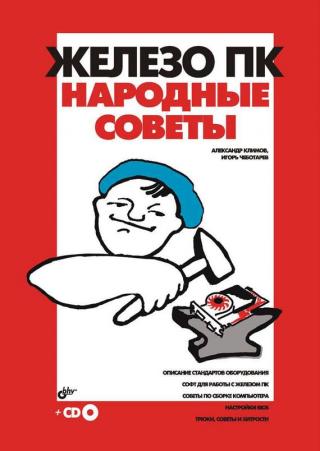
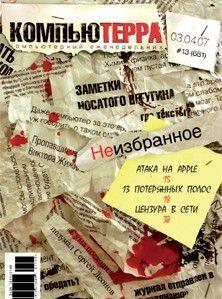
Комментарии к книге "Java Image Processing Recipes"